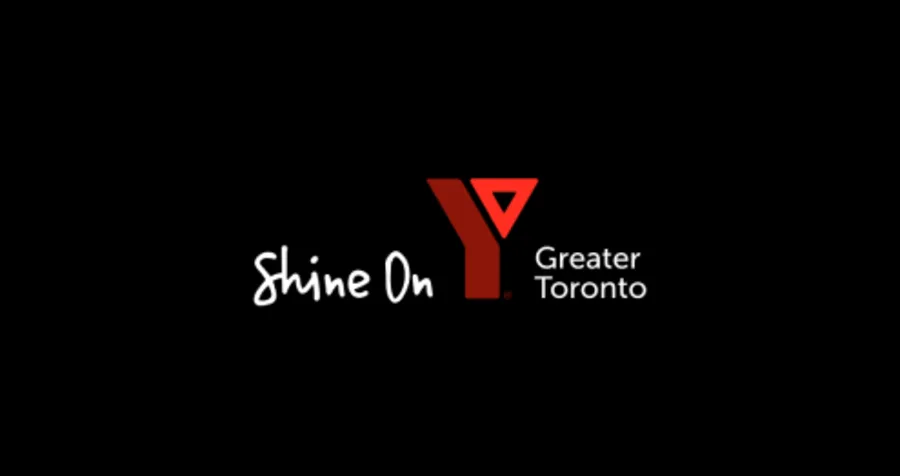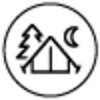The deadlift variation I teach my clients

The older I get, the more my training focuses on bodyweight exercises that enhance mobility. But even when I’m deep into a gymnastics-inspired program that has me crawling and jumping and doing handstand push-ups, I still find time to spend with my dear old friend the deadlift. When it comes to building muscle, few other exercises can compare.
The deadlift is a lower body exercise that targets the hamstrings, glutes, and spinal erectors: muscle groups collectively referred to as the “posterior chain.” You start with a barbell on the floor. From a standing position, the bar an inch or so from your shins, you push your hips backwards and squat slightly until you can grip the bar with your arms locked at the elbows. Once the bar is in your hands, you exhale forcefully while standing up tall, lifting the weight from the floor in a smooth, straight path. You then reverse this pattern, guiding the barbell back to its original spot.
Successful athletes know how important a powerful posterior chain is — all three areas need to fire at full strength in order to effectively run, skate or ski — but this doesn’t mean deadlifts should be reserved only for the athletically elite. Regular lifters like you and me can also reap huge rewards from this exercise, ranging from enhanced posture and rock-hard abs, to vice-like grip strength and a muscle-bound butt.
There are, however, a couple of major drawbacks to the deadlift. For starters, the technical demands are fairly high. Unless you can retract your scapula, brace your core, activate your lats, and tense your hamstrings all at once, you’re going to have a tough time moving that barbell off the floor without hurting yourself. Secondly, not everyone has the anatomical build or joint mobility required to get into position for the lift. Someone with long legs and short arms, for example, will be at a significant disadvantage to someone with short legs and long arms.
Thankfully, there exists a simpler, almost-as-effective alternative to traditional deadlifts. I use this variation with just about all of my clients: it’s called the trap bar deadlift. A trap bar (also known as a hex bar) is a specialized, hexagon-shaped barbell with raised handles that all but eliminates the technical subtleties that can make deadlifting so difficult for the uninitiated. Because of the positioning of the handles, once you grasp the bar, your scapula are instantly pulled into retraction. The high handles also make it easier for tall lifters or those with limited knee, hip, or ankle mobility to get into the starting position.
Some purists scoff at the trap bar, pointing out that it’s more of a squat than a true deadlift. That’s fine. Let them scoff! One of the biggest mistakes lifters make is fitting themselves to an exercise regardless of the warning signs their body presents. If you’ve tried deadlifts in the past but felt uncomfortable or unsafe, give the trap bar a shot.

Paul graduated from Humber College’s Fitness & Health Promotion program (with honours!), earning a certification in personal training and group fitness from the Ontario Fitness Council along the way. His training specialties are bodyweight training, strength training for older adults, and plant-based nutrition.
Do you have a question for our personal trainers? Message us on Twitter or Facebook.










